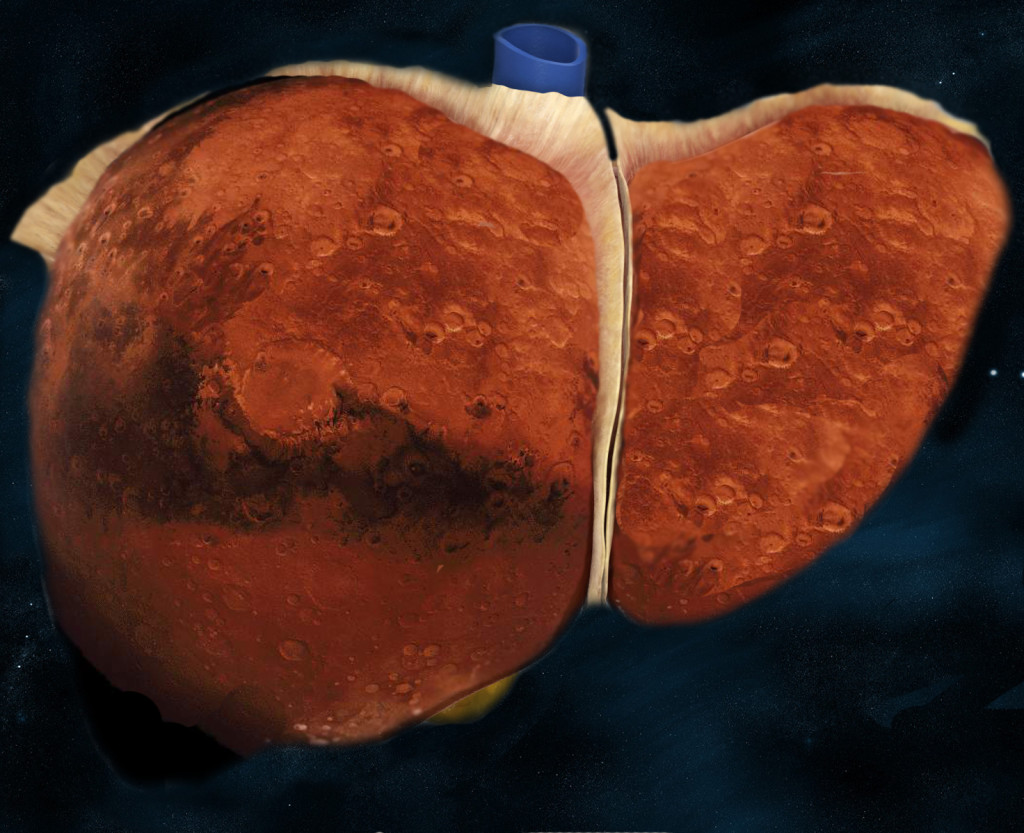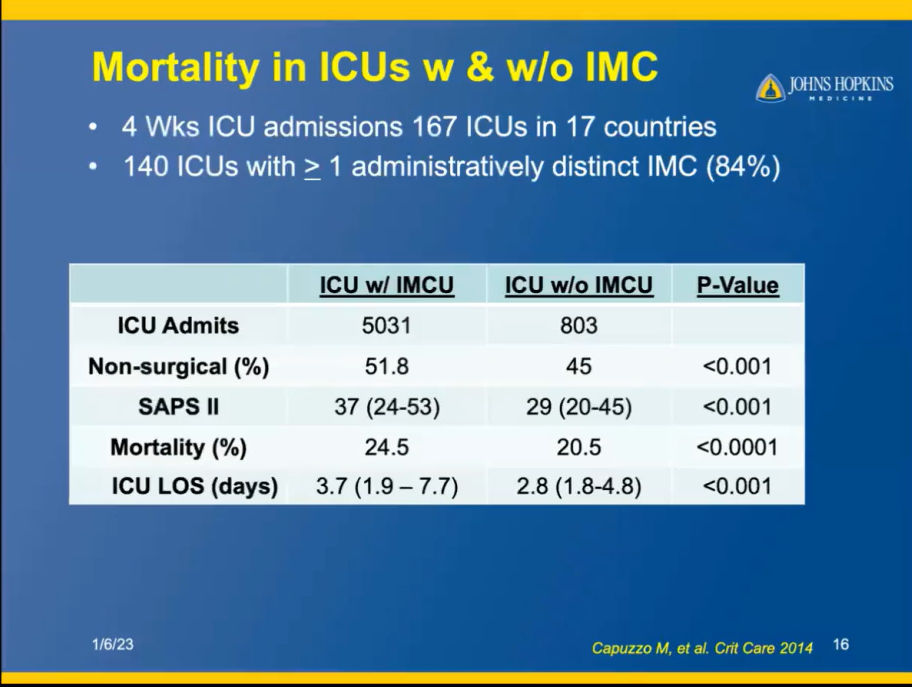[tab_nav type=”two-up”][tab_nav_item title=”Clinical Case” active=”true”][tab_nav_item title=”Answer” active=””][/tab_nav][tabs][tab active=”true”]
A 60 year old female is just admitted to your ICU and is post-op from a C5 posterior cervical decompression & corpectomy for a C5 burst fracture. Based on her work-up in the resuscitation room, it appears that she has multiple pathologic spine fractures, and newly diagnosed metastatic cancer. You take a look at the ventilator and this is what you see.
What is the vent abnormality and what is your differential diagnosis?[/tab]
[tab]Answer: Ineffective Triggering
This patient is experiencing an inability to trigger the ventilator to provide a positive pressure breath over the set rate. Ineffective triggering is the most common type of ventilator asynchrony, and the differential diagnosis includes:
- Auto peep (the most common cause)
- Neuromuscular weakness
- Improper ventilator settings
Auto peep is the most common cause of ineffective triggering and will often occur as a patient cannot create enough inspiratory force to overcome their own intrinsic peep (PEEPi). Patients requiring a prolonged period of mechanical ventilation and chronic obstructive lung disease have a higher incidence of ineffective triggering, most likely due to their reduced respiratory mechanics and muscle strength. Patients who are overly sedated, have cervical spine injuries, or diaphragmatic weakness may also experience ineffective triggering if they cannot create enough of a negative inspiratory force to trigger the vent to deliver a positive pressure breath. Lastly, improper trigger sensitivities may make it difficulty for the ventilator to sense when the patient is attempting to take a spontaneous breath.
References
- Chao DC, Scheinhorn DJ, Stearn-hassenpflug M. Patient-ventilator trigger asynchrony in prolonged mechanical ventilation. Chest. 1997;112(6):1592-9.
- Esteban A, Anzueto A, Alía I, et al. How is mechanical ventilation employed in the intensive care unit? An international utilization review. Am J Respir Crit Care Med. 2000;161(5):1450-8.
[/tab][/tabs]
[author title=”About the Author”]



